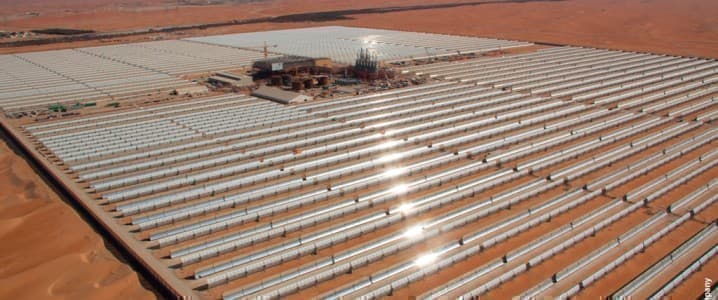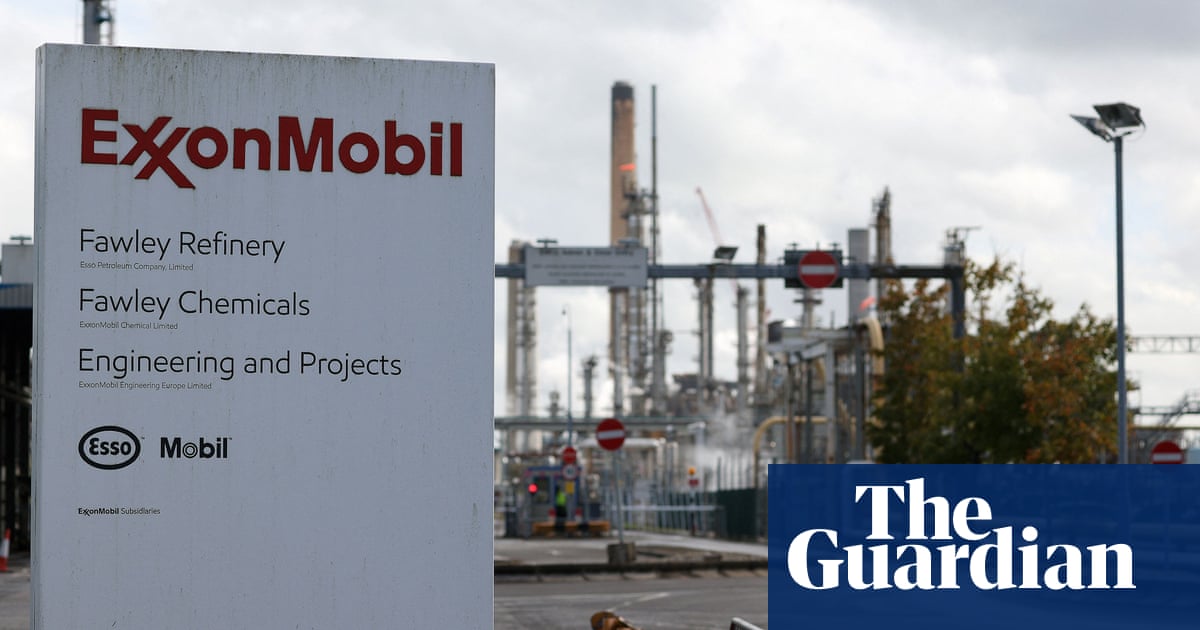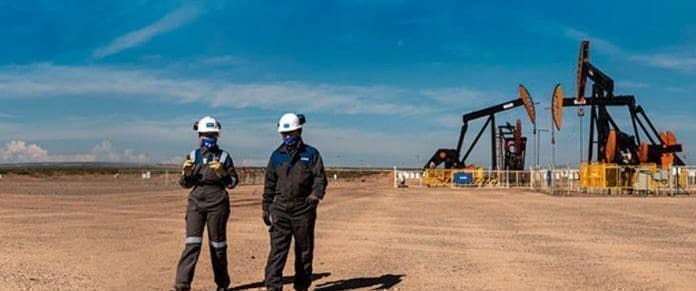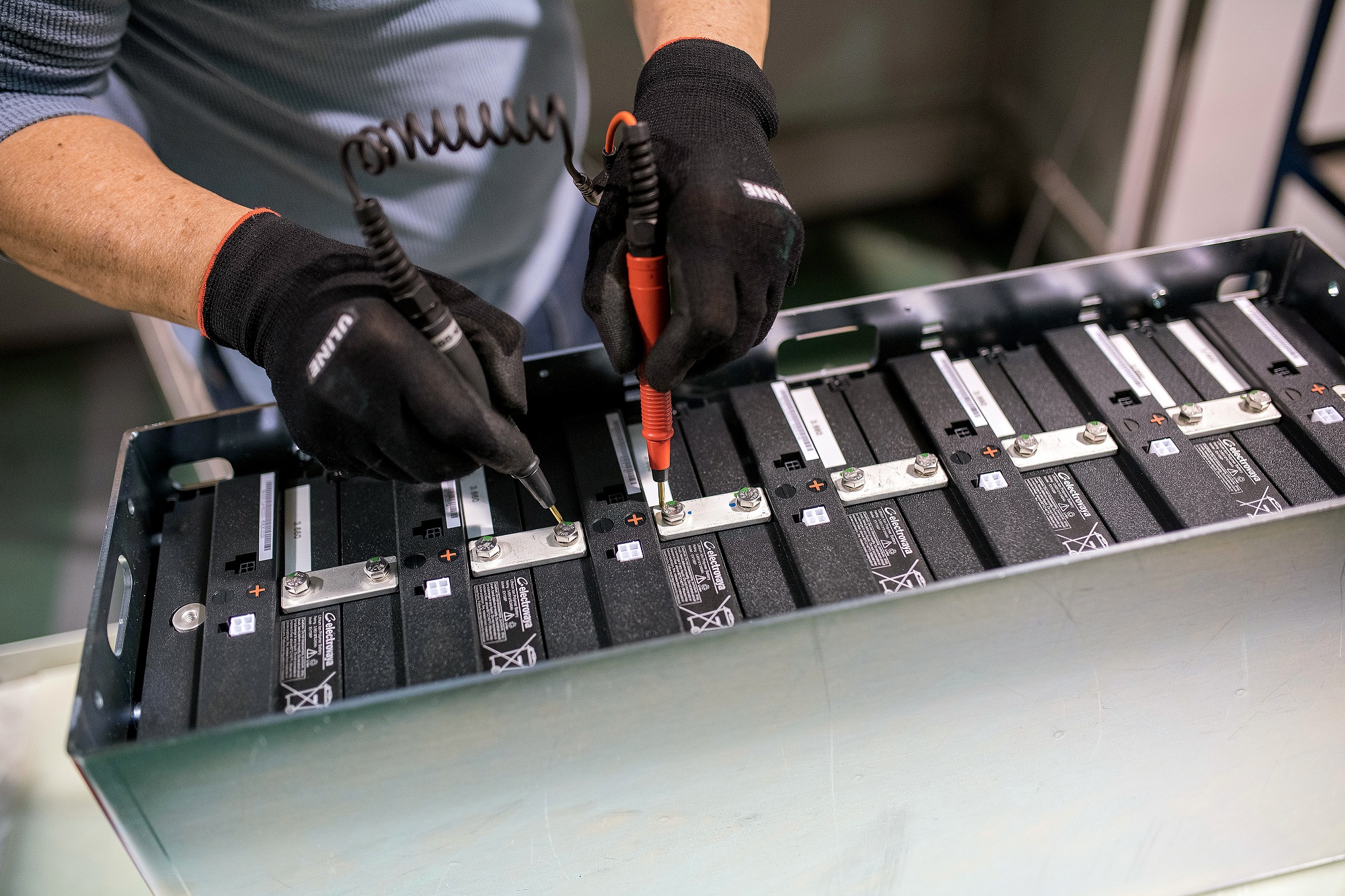Doggydogworld
Active Member
Which electrolyzer is 200/kW? I've heard 300 for some crappy (subsidized?) Chinese ones. Nikola used these kind of numbers and were widely mocked. Did they have it right all along?But does CF really matter that much? A good PEM electrolyzer may have 60k to 80k operating hours of useful life. Suppose for example that you get 80k hours for 200 euro/kW (based on an actual projection one electrolyzer putting out there).
Great point. The articles celebrating negative prices in TX or wherever get it entirely wrong. Zero and negative pricing is terrible for renewable penetration.RE actually has little incentive to overbuild if the market spends too much time with zero or even negative prices.
Massive EV fleets hooked to smart chargers during the day (e.g. at work) could happily soak up that 2 cent/kWh electricity. Unfortunately our EV fleet is tiny, and will still be way too small in 2030.Thus if the fleet of electrolyzers has sufficient MW capacity, it can consume cheap power and keep the price of power from falling too far below 20 euro/MWh,
Look at those CA charts. CA electricity and transport could be carbon free today with ~20 GW of baseload nuclear millions of EVs sucking up those 2 cent kWhs at noon and feeding them back during the evening "duck's head" and early AM "duck's tail" using V2H. Of course CA won't build nuclear. Heck, in their bid to out-stupid the Germans they even shut down perfectly good existing plants. They they turn around and squeal about the climate crisis. And pout when Joe Manchin doesn't take them seriously.
Absolutely. In addition to EVs , commercial Ice-AC is good demand-side solution.The "overbuild and curtail" crowd is only looking at power generation issues, but the real economic solutions are on the demand side.












